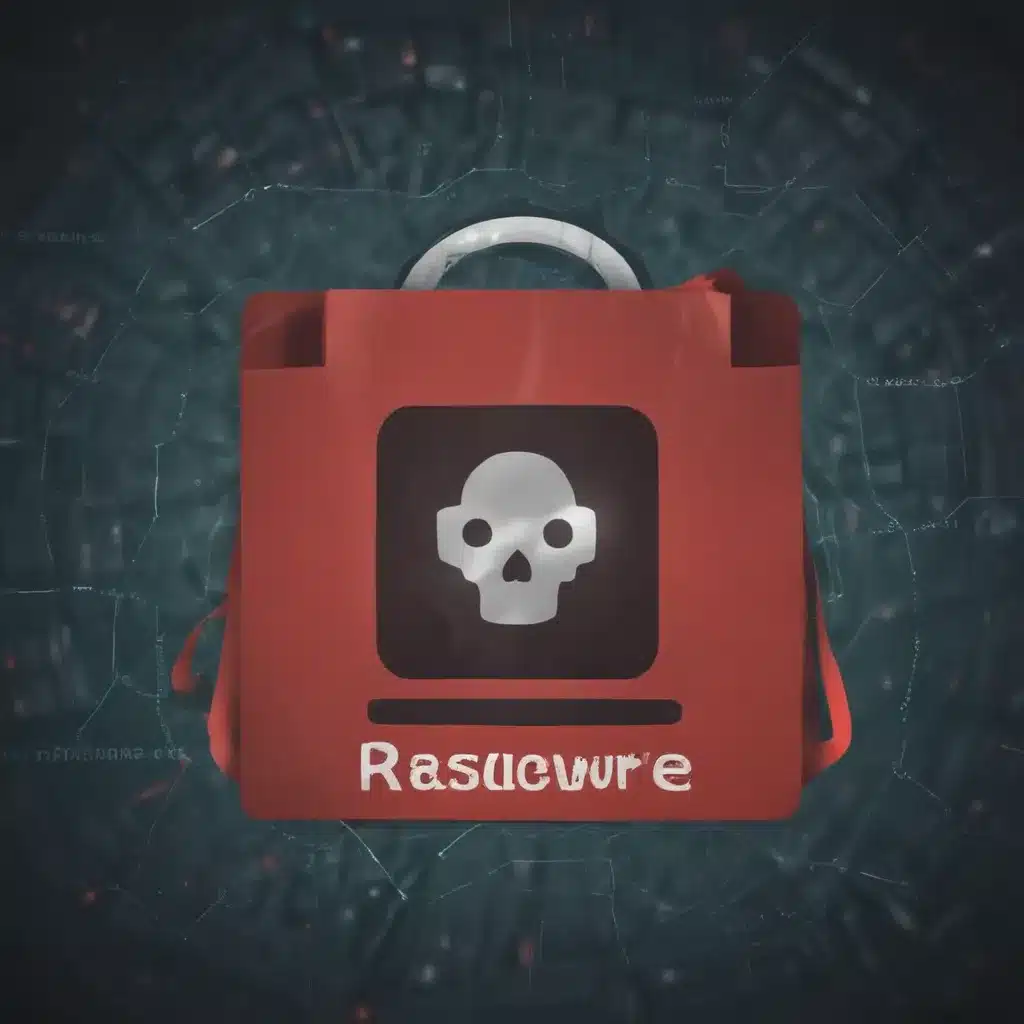Imagine this: You’re diligently working on an important project, fingers flying across the keyboard, when suddenly, your computer screen flashes a terrifying message. “Your files have been encrypted! Pay the ransom or say goodbye to your data forever.” Panic sets in as you realize your precious files – years of work, family photos, financial records – are now held hostage by ruthless cybercriminals.
This nightmare scenario is all too common in our increasingly digital world. Ransomware attacks are on the rise, leaving individuals and businesses scrambling to regain access to their data. But fear not, my friends! In this comprehensive guide, I’ll share the strategies and tools you need to rescue your files and reclaim your digital life after a ransomware attack.
Understand Ransomware: The Malicious Masterminds
Ransomware is a type of malicious software (malware) that works by encrypting your files, effectively holding them for ransom. [1] The attackers demand payment, often in cryptocurrency, in exchange for the decryption key that will unlock your data. These cybercriminals are sophisticated, constantly evolving their tactics to stay one step ahead of security measures.
But don’t let their cunning fool you – there are ways to fight back. The key is to have a solid data protection strategy in place before an attack occurs. [2] This means regularly backing up your files, using antivirus software, and staying vigilant about suspicious online activities.
Backup, Backup, Backup: Your Digital Lifeline
One of the most effective ways to recover from a ransomware attack is to have a reliable backup system in place. [3] By regularly creating copies of your files, you can quickly restore your data without having to pay the ransom. There are several backup solutions to choose from, ranging from manual backups to automated cloud-based services.
When selecting a backup solution, consider factors such as the volume of data you need to protect, how often you want to perform backups, and your budget. [4] A comprehensive backup strategy can give you peace of mind, knowing that your files are safe even in the event of a ransomware attack.
Windows Tools to the Rescue
If you’re not using a dedicated backup solution, don’t worry – Microsoft has got your back. Windows offers built-in features that can help you recover from a ransomware attack. [5]
The first is Windows System Restore, which allows you to revert your system to a previous state before the encryption occurred. [6] By creating “restore points,” Windows can help you roll back the clock and regain access to your files.
Another useful tool is Windows File Versions, which automatically creates copies of your files as you work on them. [7] If your files are encrypted, you can use these previous versions to recover your data.
Data Recovery Software: Your Digital Excavator
If you don’t have backups or can’t use the Windows recovery tools, there’s still hope. Data recovery software can be a lifesaver in the aftermath of a ransomware attack. [8] These specialized programs are designed to scan your storage devices and uncover encrypted files, allowing you to retrieve your data.
Some popular data recovery solutions include Stellar Recovery, Prosoft Data Rescue, and Disk Drill. These tools can be particularly useful if your files have been corrupted or accidentally deleted, in addition to ransomware-encrypted data.
Ransomware Decryption Tools: The Cavalry Arrives
In some cases, you may be able to find a ransomware decryption tool specifically designed to unlock your files without paying the ransom. [9] These specialized software programs are developed by cybersecurity experts and can be an effective way to recover your data.
One trusted source for ransomware decryption tools is the No More Ransomware project. However, it’s important to use caution when downloading these tools, as some may contain additional malware. Always ensure you’re sourcing them from reputable providers.
Cloudian: Ransomware-Resilient Storage Solutions
As you navigate the aftermath of a ransomware attack, consider investing in a robust storage solution that can help you withstand and recover from future incidents. Cloudian’s HyperStore [10] is a massive-capacity object storage device designed to be resilient to ransomware attacks.
HyperStore offers up to 1.5 petabytes of storage in a single 4U chassis, with fully redundant power and cooling to ensure your data is always accessible. Its performance features, including 1.92TB SSD drives for metadata and 10Gb Ethernet ports, make it a powerful ally in the fight against ransomware.
Conclusion: Reclaim Your Digital Destiny
Ransomware attacks can be devastating, but with the right tools and strategies, you can overcome this digital adversity and reclaim your files. By prioritizing data backup, leveraging Windows recovery features, and exploring specialized data recovery and decryption solutions, you can emerge from this ordeal stronger and more resilient than ever before.
Remember, prevention is the best medicine, so be sure to implement a comprehensive data protection plan before disaster strikes. And if the unthinkable happens, don’t lose hope – the methods outlined in this guide will help you navigate the ransomware maze and emerge victorious.
Your digital life is too precious to let it be held hostage. Arm yourself with knowledge, put your recovery plan into action, and take back control of your data. The future is ours to write, one file at a time.
References:
[1] https://www.cloudian.com/guides/ransomware-backup/ransomware-data-recovery-5-ways-to-save-your-data/
[2] https://www.dropboxforum.com/t5/Delete-edit-and-organize/Safe-recovery-of-files-locked-by-ransomware/td-p/413945
[3] https://www.cloudian.com/guides/ransomware-backup/ransomware-data-recovery-5-ways-to-save-your-data/
[4] https://www.dropboxforum.com/t5/Delete-edit-and-organize/Safe-recovery-of-files-locked-by-ransomware/td-p/413945
[5] https://support.microsoft.com/en-us/office/ransomware-detection-and-recovering-your-files-0d90ec50-6bfd-40f4-acc7-b8c12c73637f
[6] https://www.cloudian.com/guides/ransomware-backup/ransomware-data-recovery-5-ways-to-save-your-data/
[7] https://www.cloudian.com/guides/ransomware-backup/ransomware-data-recovery-5-ways-to-save-your-data/
[8] https://www.cloudian.com/guides/ransomware-backup/ransomware-data-recovery-5-ways-to-save-your-data/
[9] https://www.cloudian.com/guides/ransomware-backup/ransomware-data-recovery-5-ways-to-save-your-data/
[10] https://www.cloudian.com/guides/ransomware-backup/ransomware-data-recovery-5-ways-to-save-your-data/













